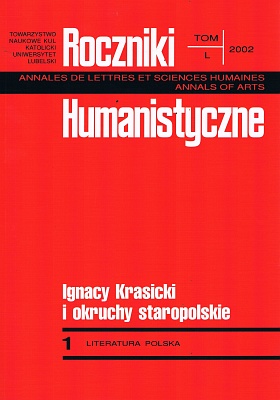The Image of Death in The 17th Century Polish Funeral Sermons
Abstract
The present article focuses on the attitude towards death expressed in the noblemen's funeral sermons of the 17th century, on the image of an individual's preparations for death and on understanding death as a phenomenon significant for the society to which the dead one belonged.
Generally the attitude towards death in funeral sermons is a reflection of tendencies characteristic of the whole 17th century. It is contained between the motif of vanitas, the need to `familiarize' death, fear of being damned and the need to commemorate the individual who leaves the social life.
The image of an individual's death in those sermons was a confirmation of the patterns contained in the 17th century art of good dying, sometimes even a perfect one.
Finally, the 17th century funeral sermons showed the death of a nobleman as a loss for the nobility that requires consolidating acts of various kinds. Death was perceived – or so it seems – as a threat for the cohesion of the group. In the present article the author also tried to point out that the death of an individual was an opportunity of indoctrination of the group in the spirit of political ideology characteristic of the nobility.
Copyright (c) 2002 Roczniki Humanistyczne

This work is licensed under a Creative Commons Attribution-NonCommercial-NoDerivatives 4.0 International License.





